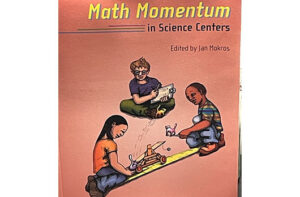Revisiting Subtraction
Donna Curry
The Math Practitioner, Vol. 15, #2
Summary
For years, many of us learned that subtraction meant ―”take away”. We learned certain ―tricks to handle those gnarly word problems. We learned to look for words such as “less”, “left”, “difference”, or “decreased by”, to decide whether we should subtract or not. And, we learned that when we subtract, we always take the smaller number from the larger number. [Any of us who has overdrawn on our checkbook knows that the larger number doesn’t always go on top!] Our adult learners have learned many of the same notions about subtraction. It’s important, especially for those students who struggle with “basic math concepts”, that they revisit what subtraction is really all about.
In many cases, subtraction can be considered a situation in which we “take away” something. If I had $200 in my checking account and now have $75 left, we could use subtraction to find how much I “took away”. But what gets taken away when we compare two quantities? What gets “taken away” if the high temperature was 32 degrees and it is now 22 degrees? What gets “taken away” when we talk about the difference in our ages – I was born in 1985 (I wish!) and you were born in 1979?
Nothing is “taken away” in those examples. When we look at our ages, we’re comparing two quantities. So, subtraction also is used to show the difference between them. If students don’t realize this, they may not think of such a situation as a subtraction problem. Whether they count up from 1979 to 1985 or whether they subtract 1979 from 1985, they need to understand that comparing two quantities can be solved using a subtraction strategy.













